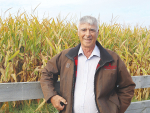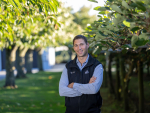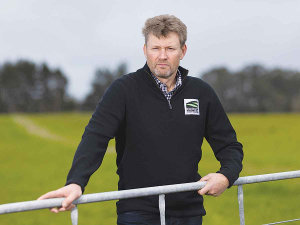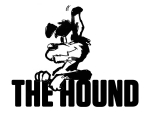A Bay of Plenty decision last week to put about 3000 kiwifruit orchards on a ‘hazardous’ list has implications for all agriculture nationwide, says an industry leader.
Kiwifruit is the first agricultural land to be registered under the Hazardous Activities and Industries List (HAIL). That necessitates a land information memorandum (LIM) for the site and if owners want to change land use, such as subdivide, they may have to prove the soil is safe for that use.
But the decision implies that all agricultural land where agrichemicals are used would eventually come under the nationwide register, says NZ Kiwifruit Growers Inc president Neil Trebilco.
Trebilco says the HAIL list – a Ministry for the Environment initiative – is extensive and looks to include all land where agrichemicals have been applied. He says the decision on kiwifruit orchards is “obviously very, very precautionary, perhaps extremely so”.
“The issue here is going to be public perception of what this means. Kiwifruit orchards are just large gardens. Many people have gardens and will also be using agrichemicals in their gardens.
“On kiwifruit orchards the rules are strict about what you can use and the application and timing of application of those chemicals. We have strict rules.
“I am surprised at what has happened, that kiwifruit orchards are on the HAIL list. It seems extraordinarily precautionary and I don’t think it reflects the actual situation on orchards. We don’t think orchards in general would be classified as a hazardous area.”
Trebilco says the HAIL list is nationwide and driven by the Government, so the council is just applying government policy. “Obviously it is going to be for all agricultural use, you would suspect.” But it appears kiwifruit orchards are a forerunner because they are such a large area in the Bay of Plenty.
HAIL was created by the Ministry for the Environment and includes 53 activities and industries that could cause soil contamination on land.
The Bay of Plenty Regional Council announced on May 12 that it is registering kiwifruit orchards across the region on its HAIL database. Regional council project implementation officer Reece Irving says HAIL listings are being done all over the country, particularly in Hawkes Bay, Tasman, Marlborough, Nelson and Canterbury where land has been used for horticulture.
“While a current owner may not have used sprays on their property, earlier uses could indicate spray use.”
Orchard land may have been used to bulk store or use persistent pesticides like arsenic and copper-based sprays.
The council says the list also includes sports turf, market gardens, orchards, glasshouses and spray sheds, and includes about 3000 kiwifruit orchards in the Bay of Plenty. “Pesticide sprays can affect human health at elevated levels, especially when they accumulate in soils. Copper is a contaminant when it enters waterways, affecting aquatic and marine life.”
Irving says registration on the HAIL database did not mean land was contaminated. “The implication for kiwifruit orchard owners is that if there is a future change in land use, such as converting the orchard into a residential subdivision, the site will have to be investigated and soil samples may need to be tested.
“At the time of a change in use the landowner will have to prove the site soils are suitable for the proposed new use, and will not cause any adverse effects on human health or the environment. As long as the orchard remains in production, landowners are not required to undertake any site investigation or soil testing. This only needs to be done if the use changes.
“Although we’re starting with kiwifruit, we are also registering avocado orchards and commercial glasshouses. Owners of these properties will be informed soon.”



















